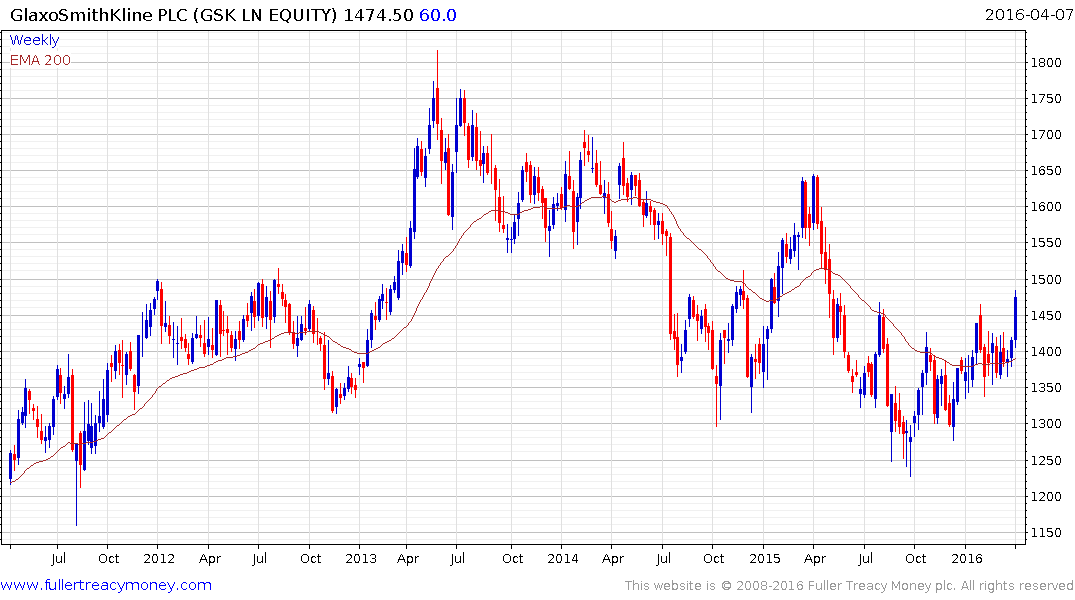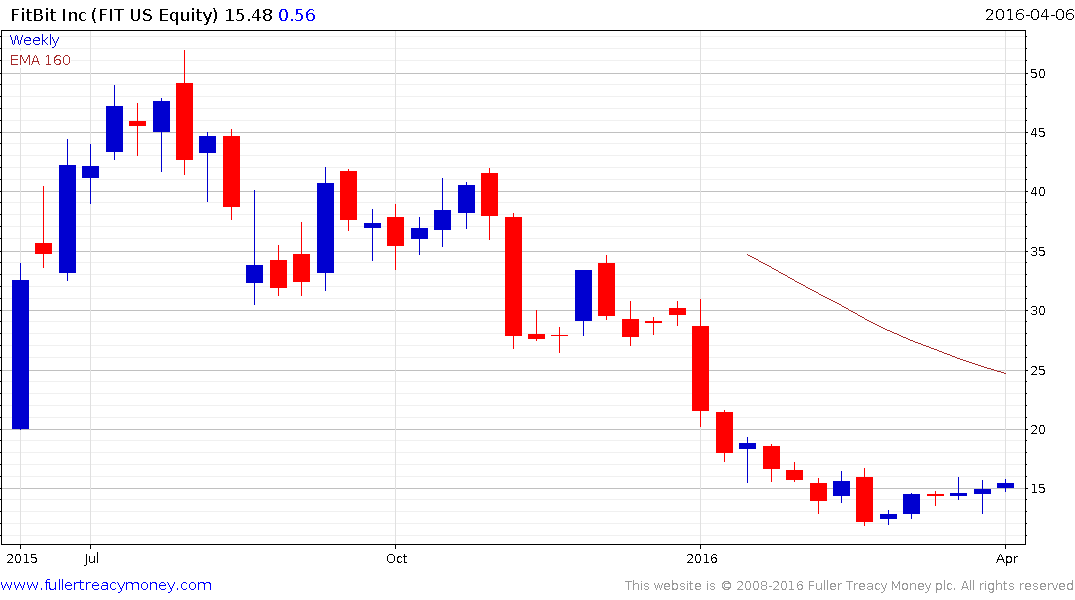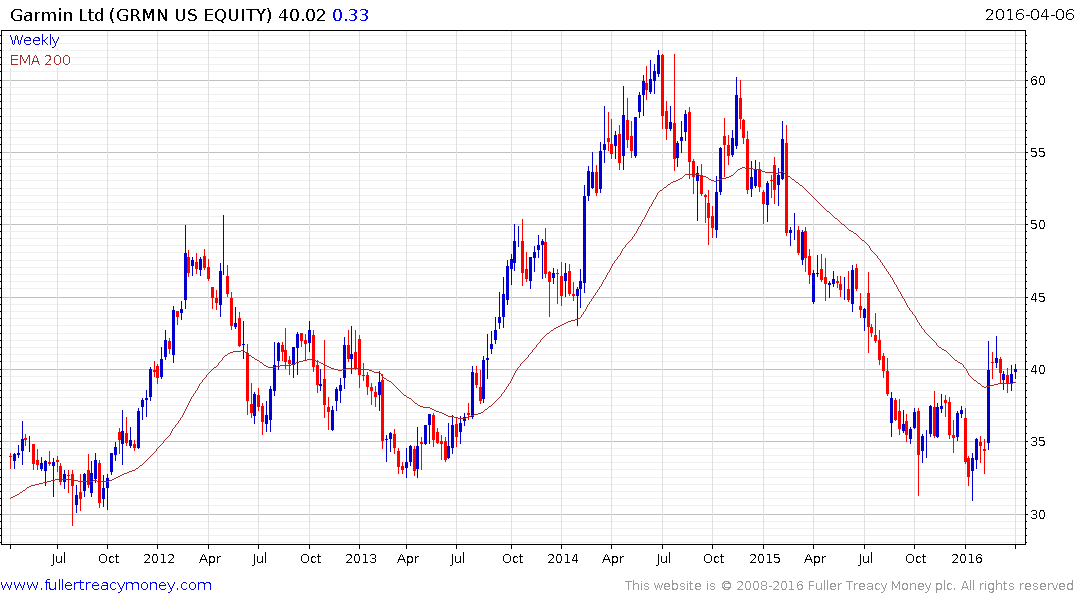The World Is Getting Fatter and No One Knows How to Stop It
This article by John Tozzi may be of interest to subscribers. Here is a section:
Researchers estimate that excess weight caused 3.4 million deaths worldwide in 2010. Being overweight or obese is a risk factor for chronic conditions like cardiovascular disease and diabetes. Those are rising worldwide, too. There were an estimated 422 million adults with diabetes in 2014, a rate of 8.5 percent, compared to 4.7 percent in 1980, according to new estimates published by the World Health Organization April 6.
Diabetes is rising fastest in low- and middle-income countries. It’s most common in the region that includes the Middle East and North Africa, where levels of physical inactivity are high.
The number of people who are overweight or obese is going up pretty much everywhere. The world has made progress against health threats from smoking and malnutrition to malaria and waterborne illnesses. No country has yet reversed the obesity epidemic. “Not only is obesity increasing, but no national success stories have been reported in the past 33 years,” researchers in the Lancet wrote in a 2014 report funded by the Bill & Melinda Gates Foundation.
A United Nations plan published in 2013 calls for halting the rise in diabetes and obesity by 2025. Though the pace of increase has slowed in some places, Lancet researchers recently called the chances of the world meeting that target “virtually zero.”
The vice sector including tobacco, alcohol, gambling, marijuana and pornography exists and thrives because as a species we have poor impulse control and are often slaves to the pleasure centres of our brains. Sugary and fatty foods and drinks target the same parts of the brain and this helps to explain why abstinence, self-control and regular exercise remain a hard sell despite the obvious health benefits.
Diabetes remains a global epidemic. Improvements in dietary habits have been gained through greater awareness of the dangers of consuming too much sugar and children are certainly being encouraged to do more exercise, but this is really only in developed economies and the rest of the world has yet to come to that stage of enlightenment.

The constituents of the diabetes section of the Chart Library have not been immune to selling pressure that has been such a factor in the healthcare sector over the last six months. However there are tentative signs that support has been found. GlaxoSmithKline is particularly noteworthy. It has held a progression of higher reaction lows since September and rallied this week to break out to new 11-month highs. Some consolidation in this area is possible but a sustained move below the trend mean would be required to question medium-term upside potential.

The role of fitness trackers in promoting a more healthful lifestyle may represent a tangential play on the fight to combat chronic diseases such as diabetes. Fitbit is still the number one selling brand but faces a lot of competition. The share has been steady around $15 over the last few months but needs to continue to improve if potential for recovery is to be credible.

Garmin surged in February to break the medium-term downtrend and has been consolidating in the region of the trend mean since. A sustained move below $38.50 would be required to question potential for additional upside.


